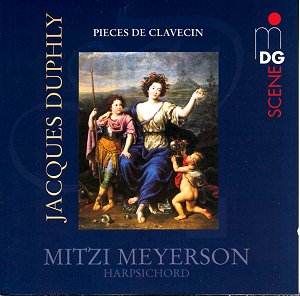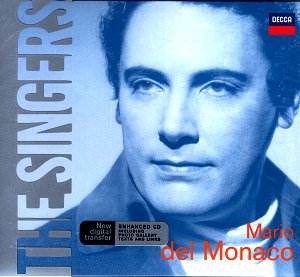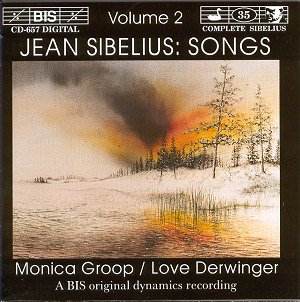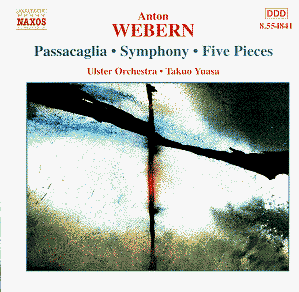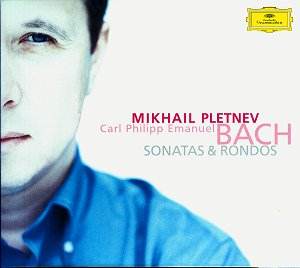 Composer: Carl Philipp Emanuel Bach
Composer: Carl Philipp Emanuel Bach
Works: Sonatas and Rondos 1-3, Sonata in g minor, Rondo in A major, Sonata in c minor, Sonata in D major, Sonata in f sharp minor, Rondo in d minor, Sonata in G major, Rondo in c minor, Sonata in e minor, Andante con tenerezza
Performers: Mikhail Pletnev – Piano
Recording: Teldec-Studio, Berlin, October 1998
Label: Deutsche Grammophon 459 614-2
Carl Philipp Emanuel Bach, the second son of J.S. Bach, occupies a unique position in the evolution of Western music, straddling the transition from the Baroque to the Classical era. His sonatas and rondos encapsulate a rich emotional landscape that challenges the simplistic categorization of his work as merely “pre-classical.” Mikhail Pletnev’s recording of these works is a compelling demonstration of C.P.E. Bach’s artistry, shedding light on a composer often overshadowed by his father and the subsequent classical giants like Mozart.
Pletnev’s approach to these sonatas and rondos is characterized by a remarkable clarity and vibrancy that brings the intricate textures of C.P.E. Bach’s music to life. The opening Sonata in g minor unfolds with a visceral energy, its dramatic contrasts and sweeping melodic lines expertly navigated by Pletnev, who captures both the pathos and the exuberance inherent in the score. The first movement’s dynamic shifts and expressive phrasing reveal Pletnev’s keen interpretative instincts, which are particularly evident in his nuanced articulation of the rapid passages that evoke a sense of improvisational spontaneity. This ability to balance emotional depth with technical prowess is a hallmark of Pletnev’s playing throughout the recording.
The rondos, often perceived as mere commercial products for the amateur market, are elevated in Pletnev’s hands. The Rondo in A major, with its charming simplicity, benefits from Pletnev’s deft touch, which imbues the piece with a buoyant lightness. His phrasing is both elegant and precise, allowing the music’s playful character to shine. In contrast, the sonatas reveal the more complex emotional tapestry that C.P.E. Bach weaves, particularly in the Sonata in f sharp minor, where Pletnev’s interpretation captures the stark contrasts of mood that define the “Sturm und Drang” style—a precursor to the Romantic expressiveness that would follow.
The recording quality is exceptional, a hallmark of Deutsche Grammophon’s standards. The clarity of sound presents Pletnev’s performances with a crystalline brilliance, allowing the listener to appreciate the subtleties of his touch. Each note resonates with a purity that feels as if one is seated in the intimate setting of a chamber concert. The engineering captures the full spectrum of Pletnev’s dynamic range, from the most delicate whispers to thunderous climaxes, with a balance that ensures no detail is lost.
Comparisons to other interpretations, such as those by Andreas Staier or Ronald Brautigam, highlight Pletnev’s distinctive approach. While Staier emphasizes a more historically informed performance on the fortepiano, and Brautigam’s interpretations offer a robust, rhythmic drive, Pletnev’s modern piano allows for a different kind of expressiveness that feels both immediate and timeless. The spaciousness of his interpretations invites a contemplative listening experience, making these works accessible without sacrificing their inherent complexity.
Pletnev’s recording of C.P.E. Bach’s sonatas and rondos not only revitalizes the composer’s oeuvre but also presents a persuasive case for his rightful place in the canon of Western classical music. The performance is a masterclass in balance—between clarity and depth, between technical precision and emotional resonance. This recording stands as a testament to Pletnev’s artistry and to C.P.E. Bach’s profound contribution to the musical landscape, deserving of a prominent place in any collection dedicated to the exploration of the early classical repertoire.
